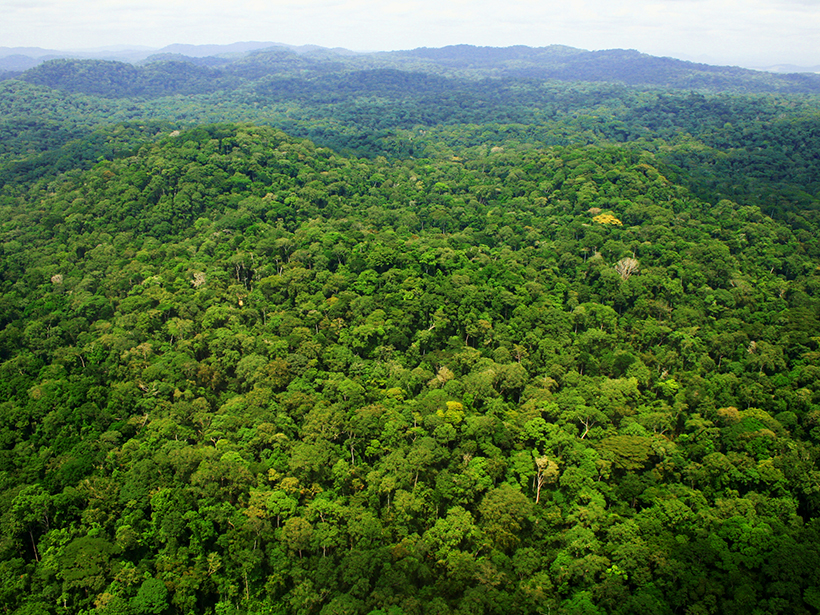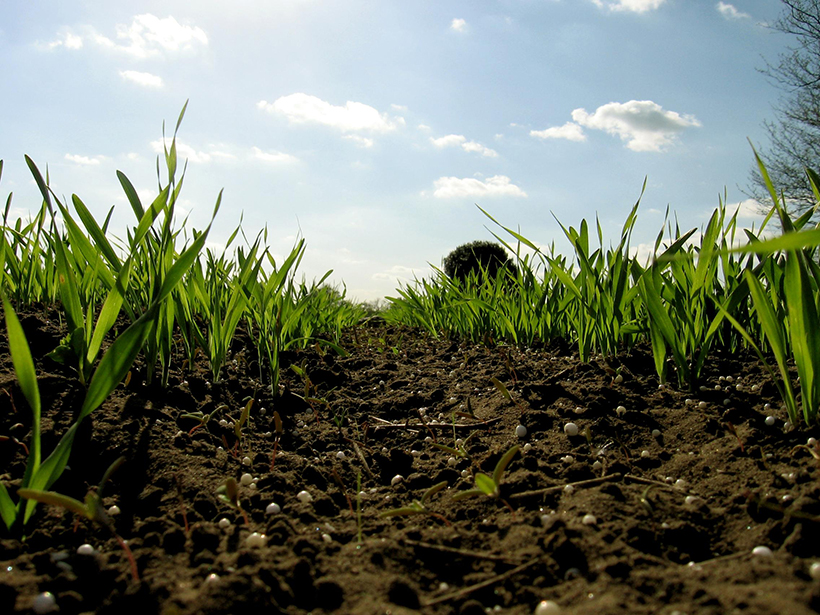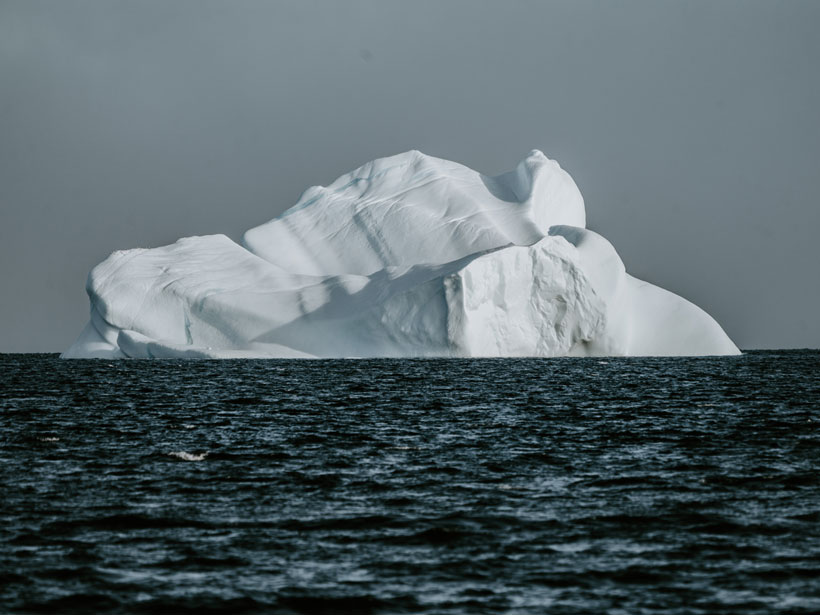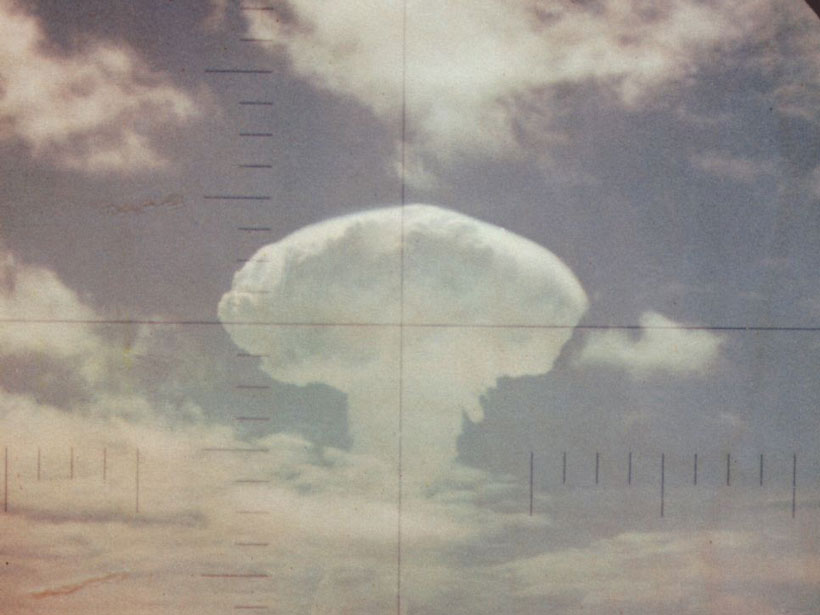The forests could switch from a carbon sink to a carbon source by the mid-2030s.
News
Human Composting Is a Greener Way to Go
Our environmental impact doesn’t go away when we die, but there’s a way to make that impact a positive one.
This Week: Mars, Our Mini Moon, and Marina
What Earth and space science stories are we recommending this week?
The Ecological Costs of Removing California’s Offshore Oil Rigs
Offshore oil- and gas-drilling platforms are rich habitats for fish, and removing them completely would result in a loss of over 95% of fish biomass, new research has revealed.
Coastal Wetlands Save $1.8 Million per Year for Each Square Kilometer
The protective value of a plot of wetlands varies widely based on the county it shields from storm-related property damage.
Combining AI and Analog Forecasting to Predict Extreme Weather
New deep learning technique brings an obsolete forecasting method “back to life” to predict extreme weather events.
Climate Change Is Intensifying Arctic Ocean Currents
Melting ice means that strong Arctic winds create more energetic currents in the Beaufort Gyre.
Nuclear War Would Spawn a “Nuclear” El Niño
A jolt to the climate system provided by nuclear war could spur an El Niño like we’ve never seen before.
Hot White Dwarfs May Reveal Cold Gas Giants
The gaseous atmospheres of giant planets may evaporate and accrete onto the dense surfaces of white dwarfs, providing astronomers a new way to detect hidden exoplanets.
Could Wildfire Ash Feed the Ocean’s Tiniest Life-Forms?
Ash falling on the ocean after a wildfire could fuel plankton growth.










